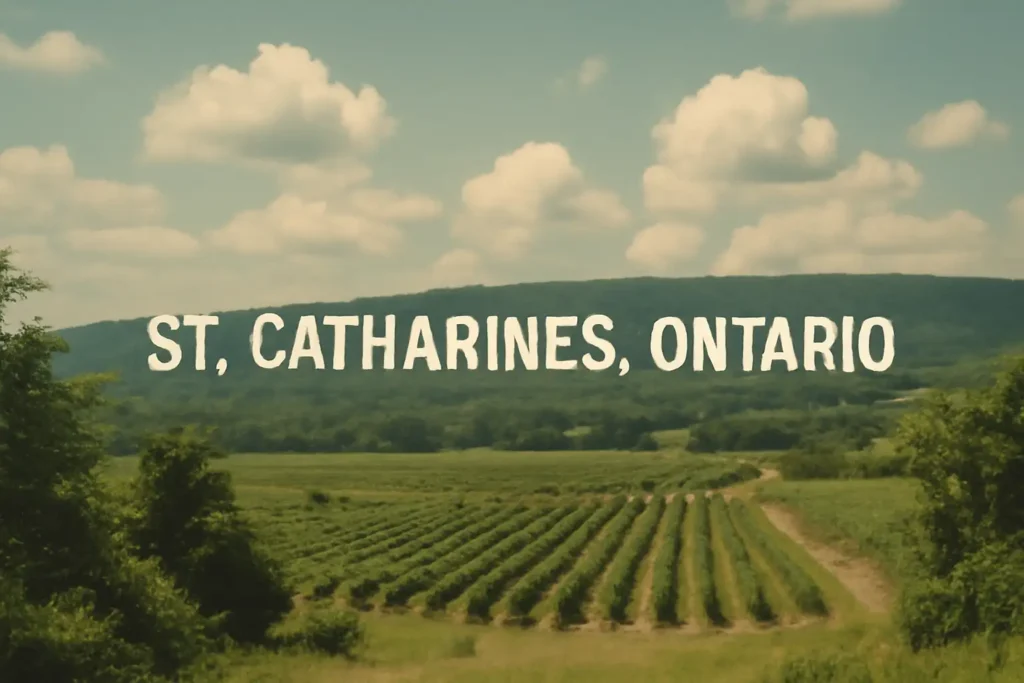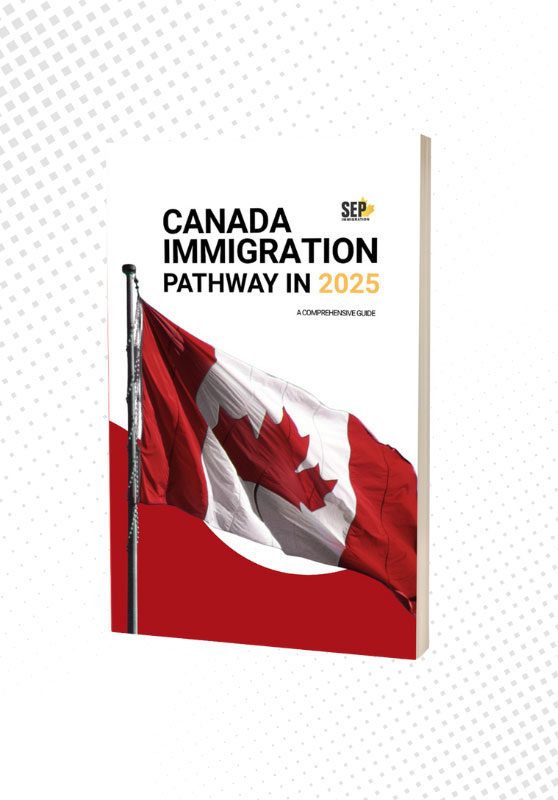Canada’s climate is known for its contrasts. While the northern regions experience long, harsh winters, the southern areas can get surprisingly warm. As global temperatures rise, some cities in Canada are becoming notably warmer.
This article will explore the hottest places in Canada, their average temperatures throughout the year and highlighting the cities that experience the highest summer highs.
What is the Hottest Place in Canada?
Canada is no stranger to extreme temperatures, especially during the summer. While many associate the country with chilly winters, certain cities experience heat that rivals the hottest parts of the world.
Here’s a closer look at some of the hottest places in Canada, ranked from the hottest to the cooler warm spots:

Lytton, British Columbia
- Average Summer Temperature: Highs regularly reach 30°C (86°F) in July, and it can often go much higher.
- Hottest Month: July
- Coldest Month: January
- Climate: Lytton holds the distinction of having some of the hottest temperatures in Canada. In fact, the city broke records in 2021, reaching a scorching 49.6°C (121.3°F). Its semi-arid climate leads to long, dry summers and very little rain, which contributes to the extreme heat. The city is situated in a valley, which intensifies the heat, making it one of the most heat-prone areas in Canada.
- Notable Fact: Lytton’s record heat in 2021 marked the highest temperature ever recorded in Canada.
Osoyoos, British Columbia
- Average Summer Temperature: Highs around 30°C (86°F) in July
- Hottest Month: July
- Coldest Month: January
- Climate: Like Lytton, Osoyoos has a semi-arid climate, making it one of the hottest spots in Canada during the summer. It is famous for its vineyards and is often referred to as the “Banff of the Okanagan” due to its scenic beauty. The summer heat here is dry and can last well into September, and it is the warmest place in British Columbia’s Okanagan Valley.
- Notable Fact: Osoyoos experiences more than 2,000 hours of sunshine each year.

Penticton, British Columbia
- Average Summer Temperature: Highs around 28°C (82.4°F) in July
- Hottest Month: July
- Coldest Month: January
- Climate: Penticton, located in the southern Okanagan Valley, shares a similar climate to Osoyoos, with hot, dry summers and mild winters. The city benefits from being surrounded by lakes, which moderate temperatures slightly, but the summers can still see temperatures reaching 30°C (86°F) or higher. The area is also known for its thriving wine industry and beautiful scenery.
- Notable Fact: Penticton is one of the sunniest cities in Canada, with over 2,000 hours of sunshine annually.
Kamloops, British Columbia
- Average Summer Temperature: Highs around 28°C (82.4°F) in July
- Hottest Month: July
- Coldest Month: January
- Climate: Kamloops is situated in the Thompson-Nicola region, experiencing a semi-arid climate with hot, dry summers and colder winters. It’s one of the hottest cities in Canada during the summer, often surpassing 30°C (86°F). Despite the dry conditions, the city is a popular spot for outdoor sports, particularly mountain biking, due to its warm summer days and clear skies.
- Notable Fact: Kamloops is called the “Tournament Capital of Canada” because of its numerous sports events.

Kelowna, British Columbia
- Average Summer Temperature: Highs approximately 27°C (80.6°F) in July
- Hottest Month: July
- Coldest Month: January
- Climate: Kelowna, located on the shores of Okanagan Lake, is known for its hot, dry summers. The city enjoys long, sunny days and a climate that makes it a hub for tourism and agriculture, especially vineyards. Kelowna’s warm weather is complemented by the cool evenings, making it an ideal spot for outdoor enthusiasts.
- Notable Fact: Kelowna is also one of Canada’s premier wine regions, attracting visitors year-round.
Windsor, Ontario
- Average Summer Temperature: Highs around 26°C (78.8°F) in July
- Hottest Month: July
- Coldest Month: January
- Climate: Windsor experiences a humid continental climate, meaning summers are warm and winters are cold. Windsor is located near the United States border, which contributes to its slightly warmer weather compared to other Canadian cities. The area is known for its hot, sticky summer days, with temperatures occasionally reaching 30°C (86°F).
- Notable Fact: Windsor has one of the longest growing seasons in Canada, due to its mild climate.

St. Catharines, Ontario
- Average Summer Temperature: Highs of 26°C (78.8°F) in July
- Hottest Month: July
- Coldest Month: January
- Climate: St. Catharines, located in the Niagara Region, has a humid continental climate with hot, humid summers and cold winters. Summers here can be pretty steamy, with highs often reaching the mid-20s°C (70s°F). The proximity to Lake Ontario helps moderate the temperature, though the area still experiences plenty of sunshine.
- Notable Fact: The Niagara Peninsula, home to St. Catharines, is one of Canada’s most famous wine regions.
Abbotsford, British Columbia
- Average Summer Temperature: Highs around 25°C (77°F) in July
- Hottest Month: July
- Coldest Month: January
- Climate: Known for its agricultural industry, Abbotsford experiences a temperate maritime climate, characterized by warm, dry summers and mild, wet winters. Although it doesn’t reach the extreme temperatures of other cities in British Columbia, its summer weather is still quite warm, making it an ideal destination for outdoor activities like hiking and cycling.
- Notable Fact: Abbotsford is sometimes referred to as the “City in the Country” because of its rural setting and proximity to the mountains.
Victoria, British Columbia
- Average Summer Temperature: Highs around 22.4°C (72.3°F) in July
- Hottest Month: July
- Coldest Month: January
- Climate: Victoria, located on Vancouver Island, has the mildest climate of any city in Canada. Its summers are warm, but not excessively hot, making it one of the most comfortable places to live in Canada. With very little snowfall in winter, the city’s temperatures are moderate throughout the year.
Notable Fact: Victoria is the only city in Canada with a Mediterranean climate, thanks to its location on the Pacific coast.
Where is the warmest place in Canada?
Lytton, British Columbia, is the warmest place in Canada, frequently recording some of the highest temperatures, especially in summer.
What city gets the most sun in Canada?
Cities like Kelowna and Kamloops in British Columbia experience abundant sunshine, with over 2,000 hours annually.
How hot is Canada in summer?
Summer temperatures in Canada can reach the 30s°C (86°F-95°F) in cities like Osoyoos and Lytton, especially in southern regions.
Is Canada getting colder?
No, Canada is experiencing warming temperatures, particularly in southern areas, with hotter summers and milder winters in many regions.








